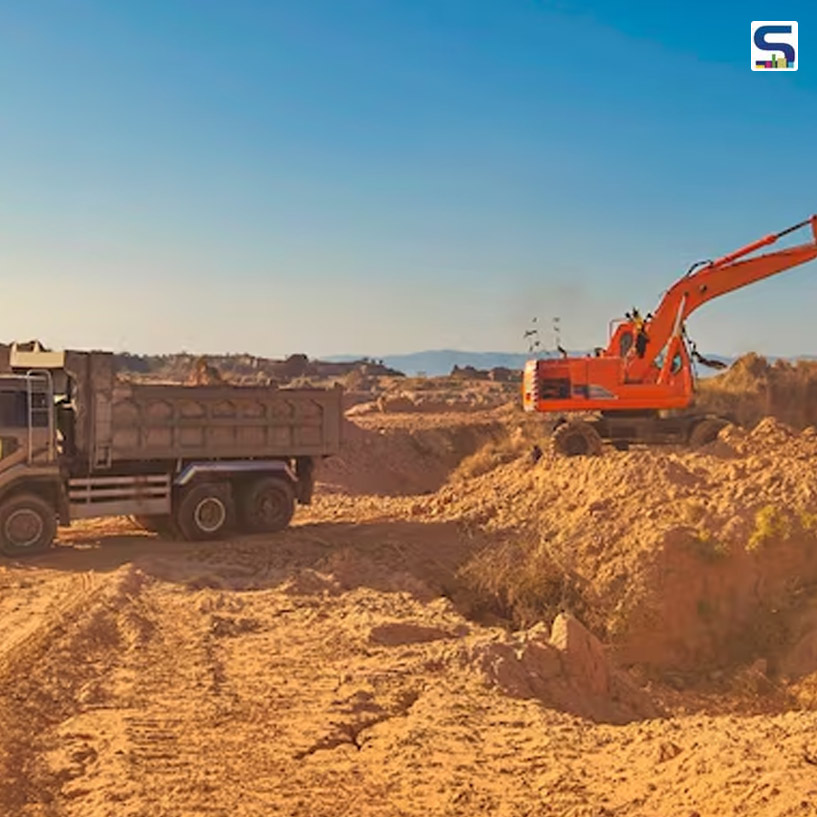
Indian Institute of Science researchers in Bengaluru have developed a new material to replace scarce natural sand in construction. In the Centre for Sustainable Technologies (CST), they're exploring methods to utilize carbon dioxide from industrial flue gas as a partial substitute for natural sand, addressing the pressing demand for alternatives. Read SURFACES REPORTER (SR)’s complete report below:
The decreasing supply of natural sand, which is crucial for construction, has prompted immediate action. Experts at the Centre for Sustainable Technologies (CST) within IISc are aware of the seriousness of the situation and are on a mission to find sustainable alternatives.
Carbon Capture Innovation
Under Assistant Professor Souradeep Gupta's guidance, the CST team has developed a groundbreaking method. They've harnessed carbon dioxide from industrial flue gas to transform excavated soil and construction waste into a material that replaces natural sand in construction.
Replacing natural sand with carbon dioxide-treated construction waste in mortar and curing it in a CO2-rich environment can enhance the material's engineering properties. This process is expected to increase compressive strength by 20-22%.
Injecting carbon dioxide gas into clayey soil stabilizes the clay by cement and lime, reducing surface area, pore volume, and lime reactivity, thereby improving the bulk engineering performance of the material.
Formation of Calcium Carbonate Crystals
Sequestering carbon dioxide in excavated soil to create cement-lime-soil materials results in the formation of calcium carbonate crystals, which reduces medium capillary pores and enhances compressive strength.
 The team investigated the impact of storing carbon dioxide in excavated soil to produce cement-lime-soil materials. (Photo: IISc)
The team investigated the impact of storing carbon dioxide in excavated soil to produce cement-lime-soil materials. (Photo: IISc)
Exposing the blocks to carbon dioxide leads to early-age strength by 30% and accelerates curing time.
3D-Printable Materials
The team also developed 3D-printable materials using excavated soil stabilized with binders like Portland cement, blast furnace slag, and fly ash. These materials demonstrate superior extrusion and buildability, potentially reducing cement and sand requirements by 30% and 50%, respectively.
Future research will assess the impact of industrial flue gas on these materials' properties, with plans for industrial application and standards revision in cement-based construction materials.